From awareness to acquisitions: how the freemium model benefits business and cultural organisations
The Scottish National Gallery of Modern Art has an outstanding collection of creative works. It also has a well-designed support structure based on fees, friendship programmes, and corporate sponsorship. Here are the results.
Launched in 2014, PhotoSparks is a weekly feature from YourStory, with photographs that celebrate the spirit of creativity and innovation. In the earlier 375 posts, we featured an art festival, cartoon gallery. world music festival, telecom expo, millets fair, climate change expo, wildlife conference, startup festival, Diwali rangoli, and jazz festival.
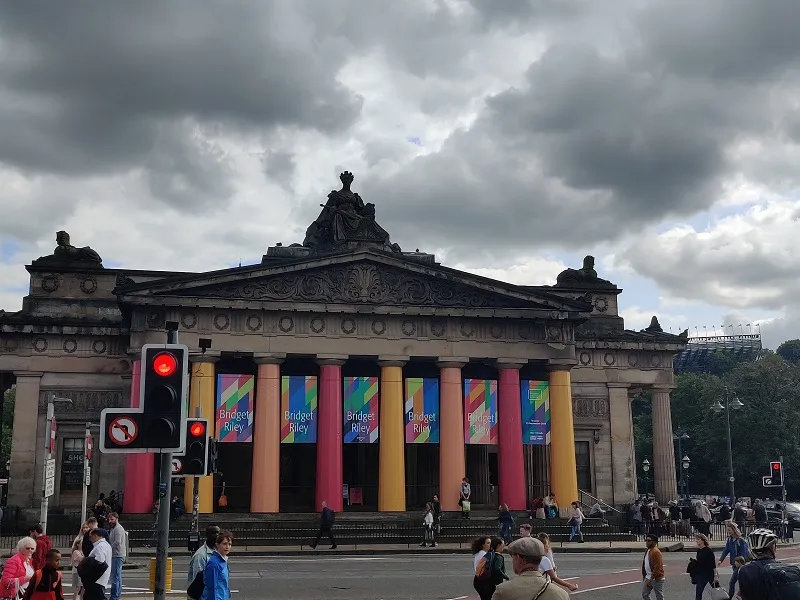
The National Galleries of Scotland are located in five landmark buildings across three distinct sites in the Scottish capital, Edinburgh. As a source of inspiration and knowledge to visitors of all ages, from far and wide, they attract more than 2.3 million visitors each year.
The Scottish National Gallery of Modern Art is housed in two imposing buildings facing each other, appropriately titled Modern One and Modern Two. They host an outstanding collection of modern and contemporary Scottish art, as well as other collected international works.
Both buildings were constructed in the 1800s, and were later converted into art galleries. The lawn at the front of Modern One was landscaped in 2002 to a design by Charles Jencks, in the form of a curved mound and crescent-shaped pools of water. The gallery façade reflects artist Martin Creed’s work titled Everything is Going to be Alright.
The lawns also host performances, discussions, children’s activities, and other events. Activities for children include the collage exhibition, Kids: Cut it Out! Special events are also held for the differently-abled or ailing, such as a collage tour for those affected by dementia and their relatives, friends and supporters.
Exhibited artists, some of whom are featured in this photo essay, include Charles Avery, Aurélien Froment, Anya Gallaccio, Roger Hiorns, Peles Empire, and Zineb Sedira. Featured masters are Dali, Matisse, Picasso, Magritte, Miró and Warhol. Other exhibits include the works of Bridget Riley, renowned for her iconic black-and-white paintings from the 1960s.
Some of the exhibitions are free, others are ticketed. This freemium model is structured in layers such as Friends, Patrons and Sponsors. The Friends programme, priced from £15 to £100, includes solo, duo, student, and philanthropic categories. Benefits include free unlimited entry and early exhibition access.
The Corporate Donor programme supports special exhibitions, acquisitions, restoration, publications, workshops, research, lectures, and educational outreach initiatives. Patrons have supported the acquisition of over 1,300 items over the last 30 years. Patrons enroll for £500, and Patron Stars make a minimum annual donation of £750.
"Business is changing fast. Creativity and innovation are more important now than ever before. Supporting Scotland’s national collection of art, the work of innovators, is a clear way to demonstrate a commitment to creativity that is visible to your clients, colleagues and the wider business community,” according to the museum.
Examples of acquired artworks, featured in this photo essay, include Lobster Telephone (Salvador Dalí and Edward James), Portrait of Max Ernst (Leonora Carrington), Self Portrait with Fireflies and Faces (Raqib Shaw), and Column (Naum Gabo).
Previous exhibitions have been titled Machine Gods: Art in the Age of Technology; Reinventing the Old Masters; Beyond Likeness; Transportation Photographs; Photographs of Childhood; A Sense of Place; Inspiring Impressionism; A Language of Drawing; and Adventures in Colour.
In sum, expert curation and well-structured fundraising approaches can help cultural organisations become financially sustainable as well as artistically enriching to a broad range of communities.
Now, what have you done today to pause in your busy schedule and see how you can support art and design in your community?
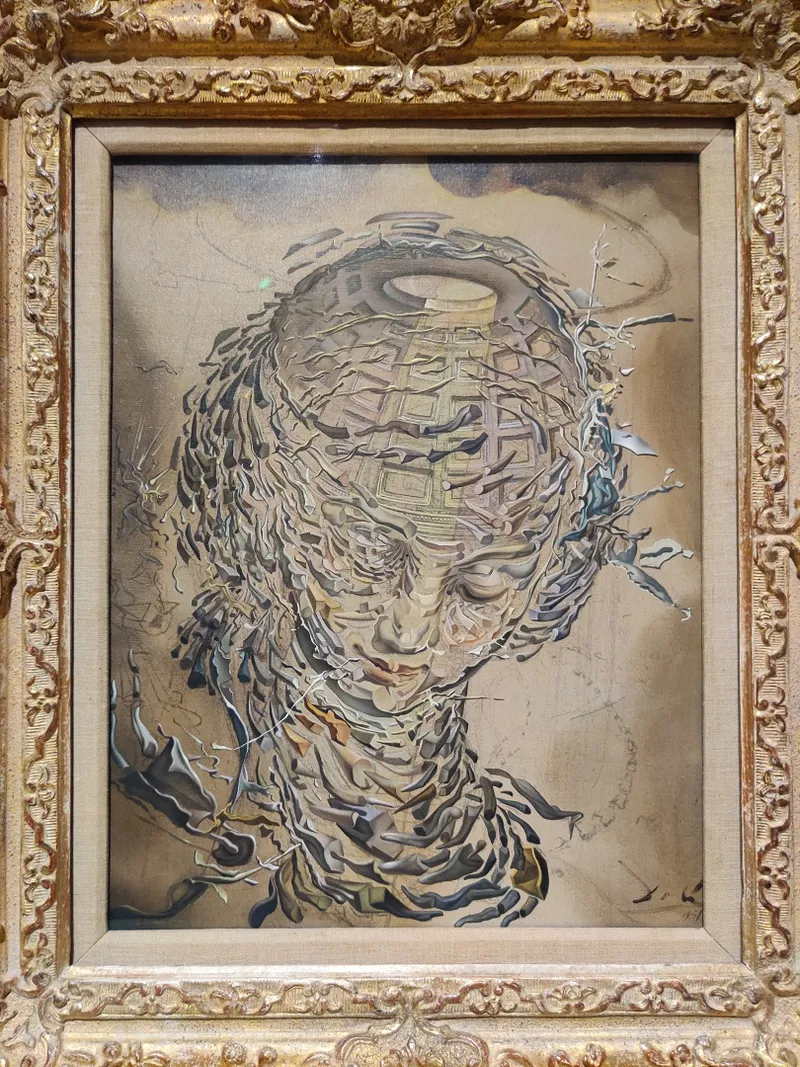
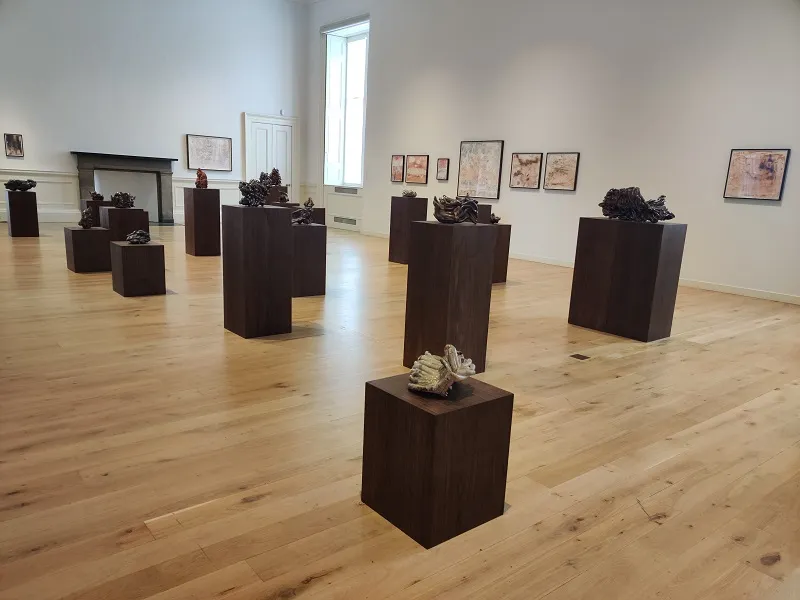
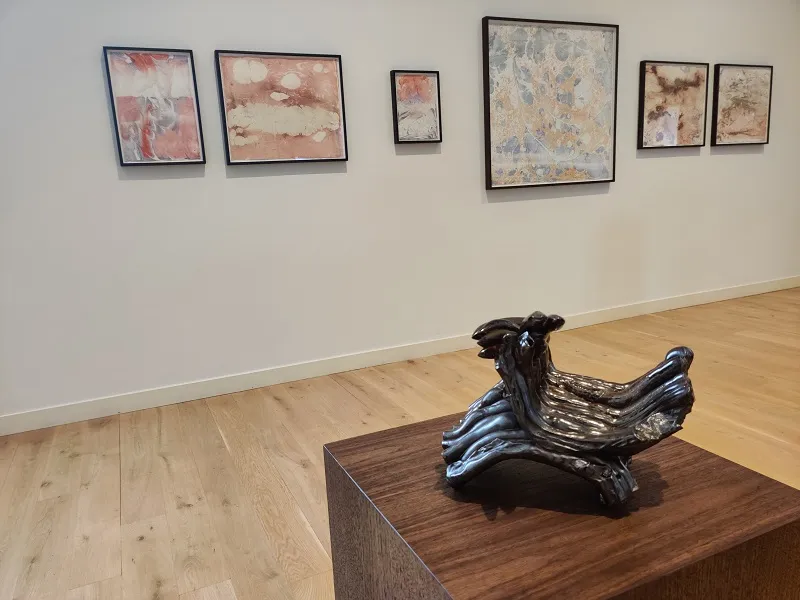
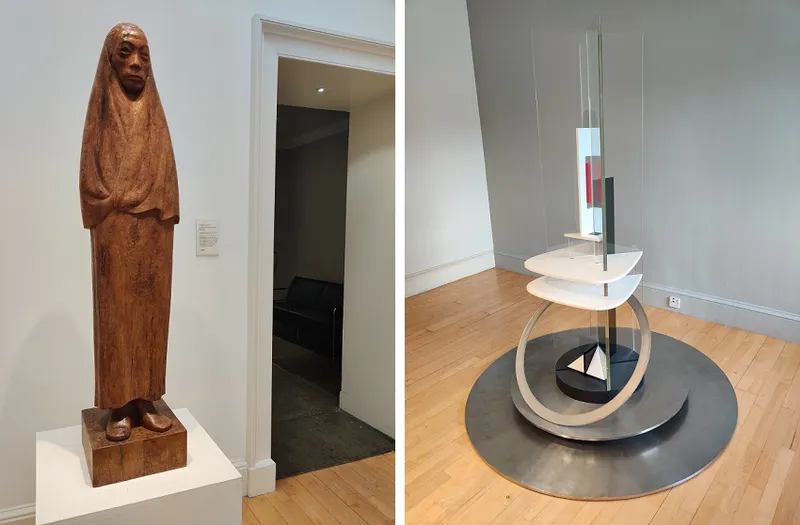
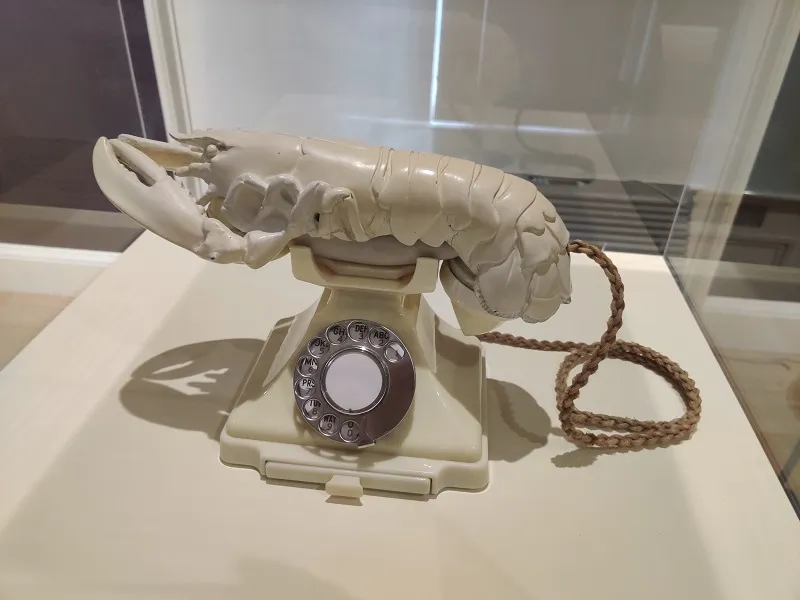
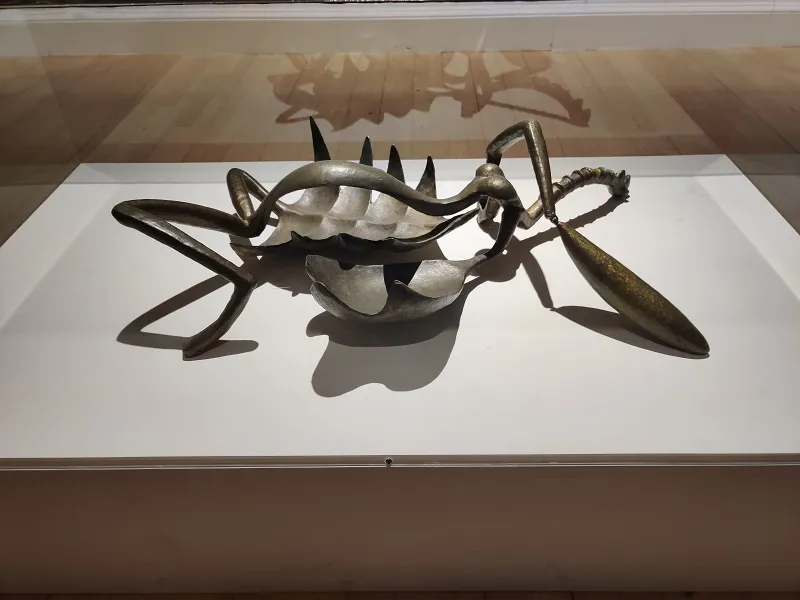

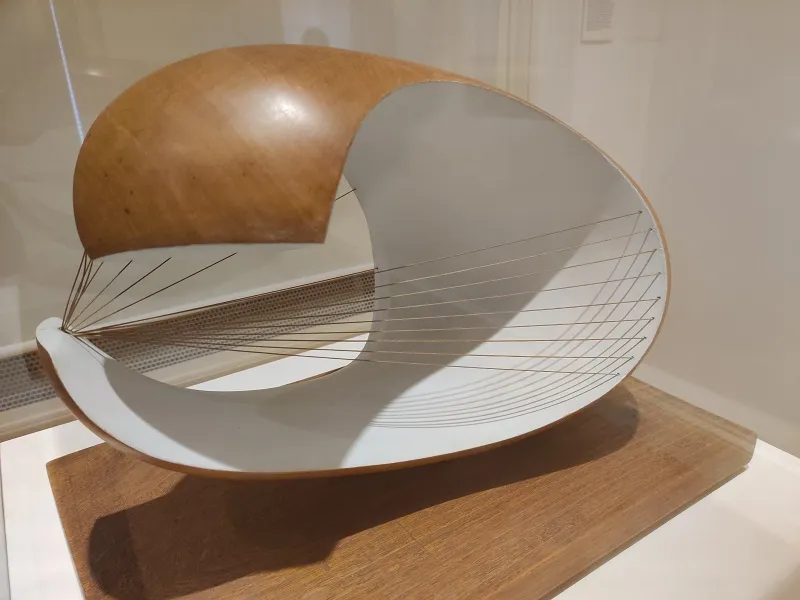
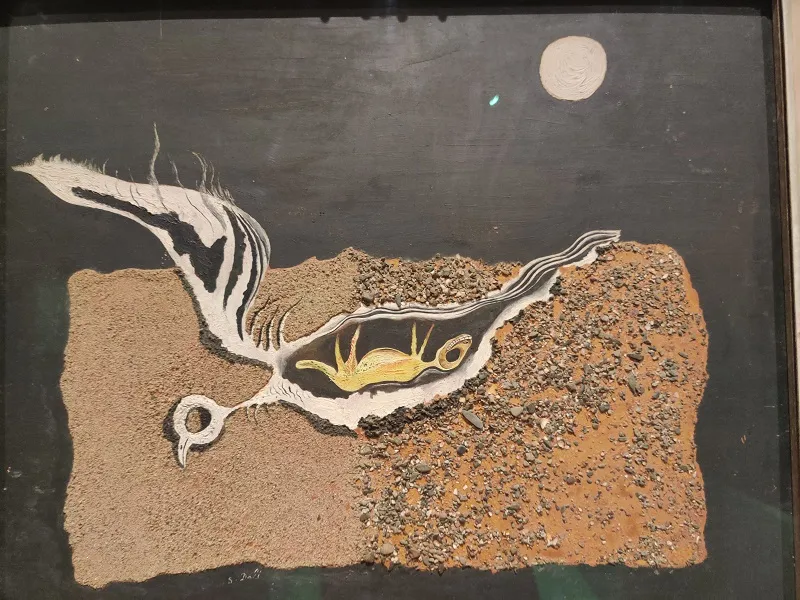
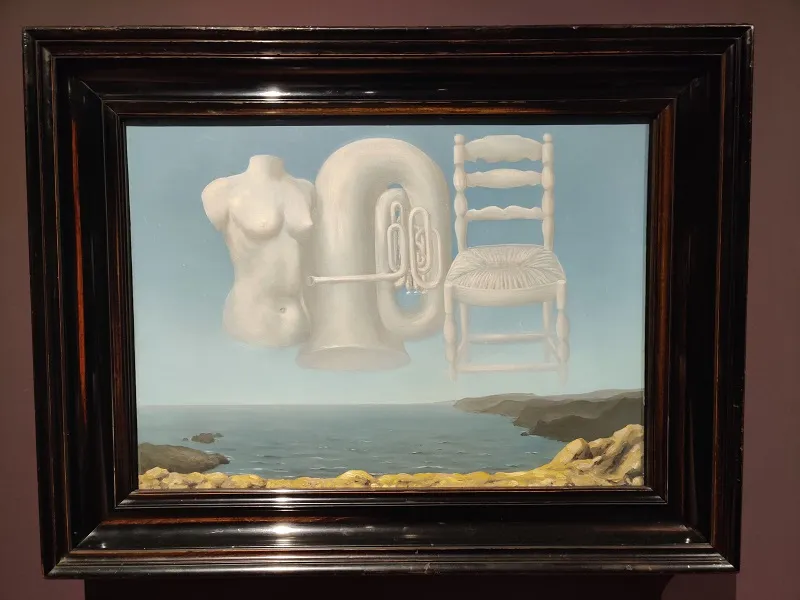
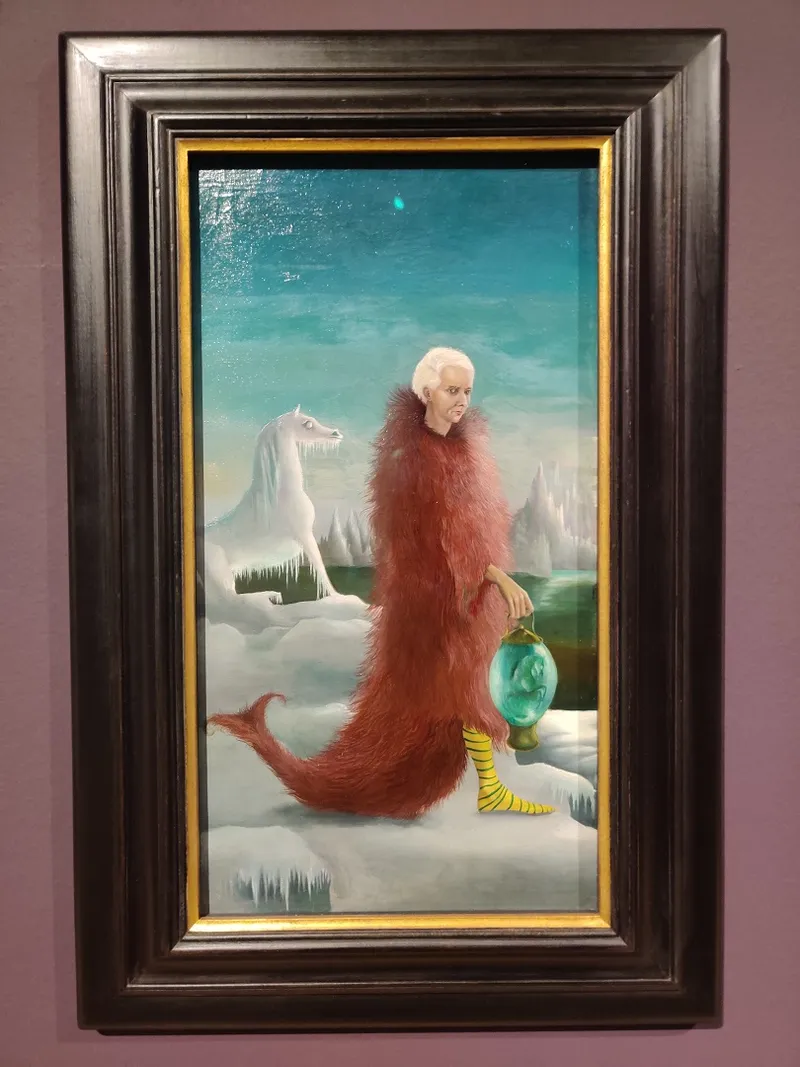

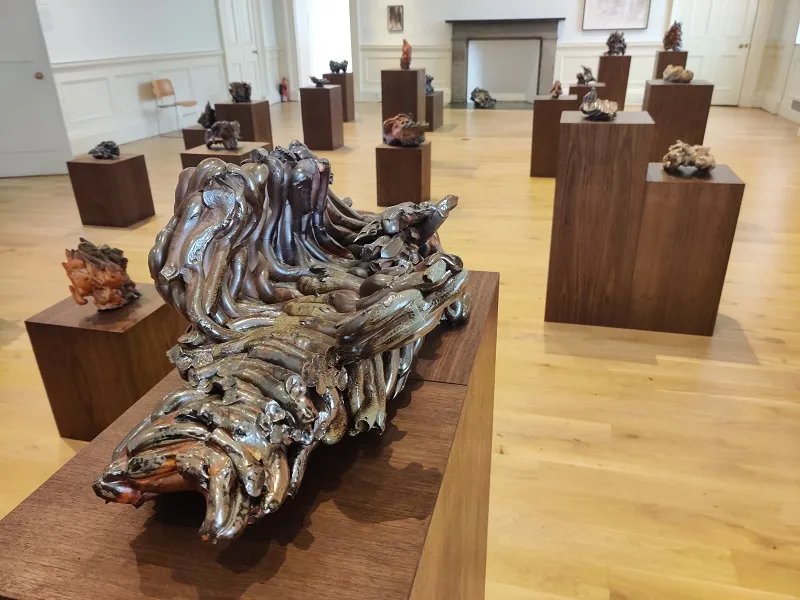
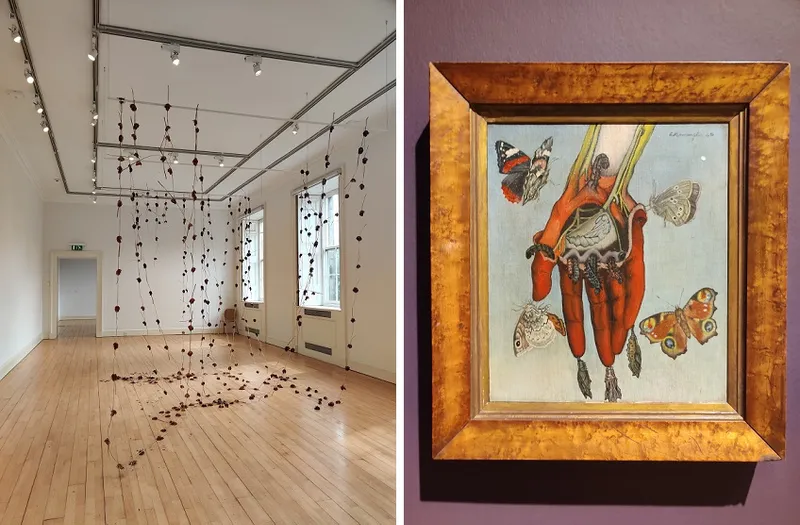
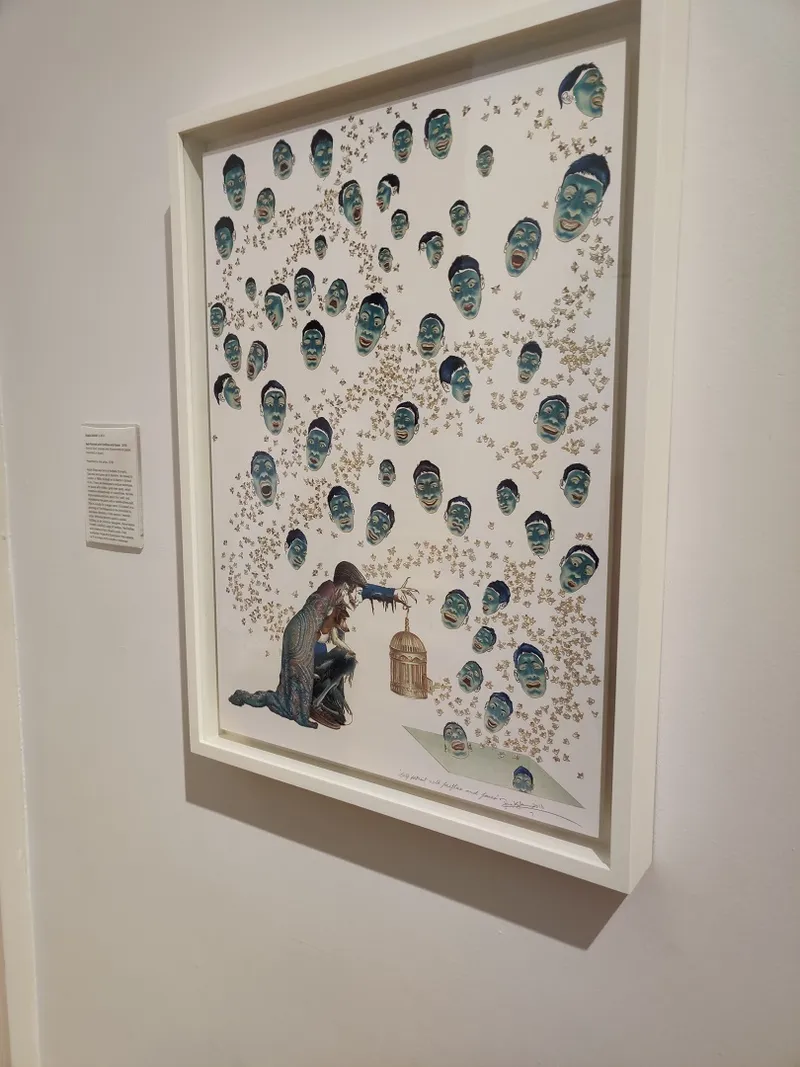
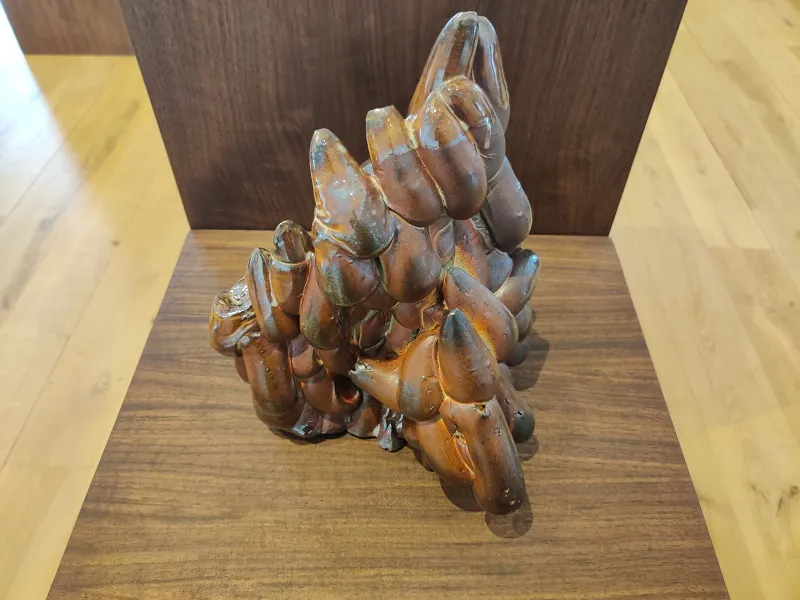
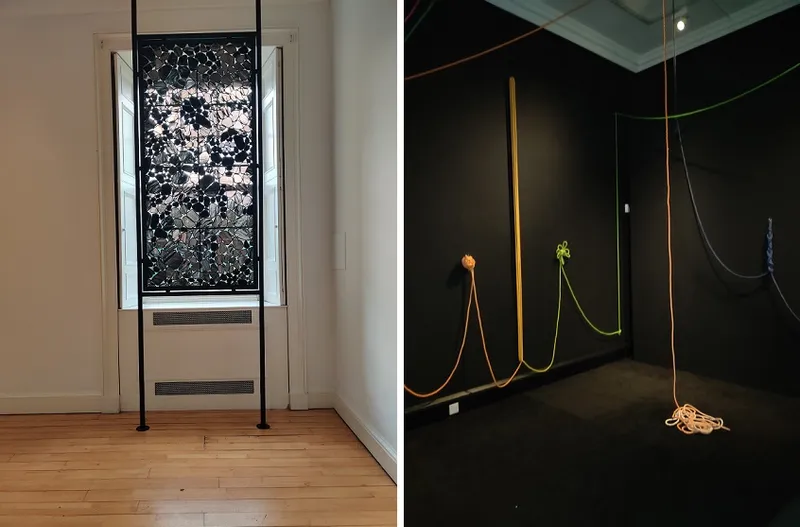
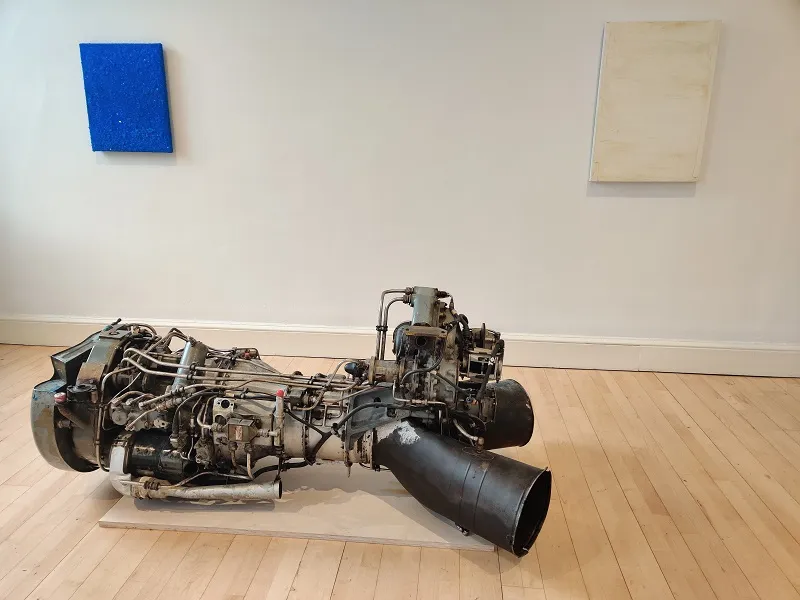
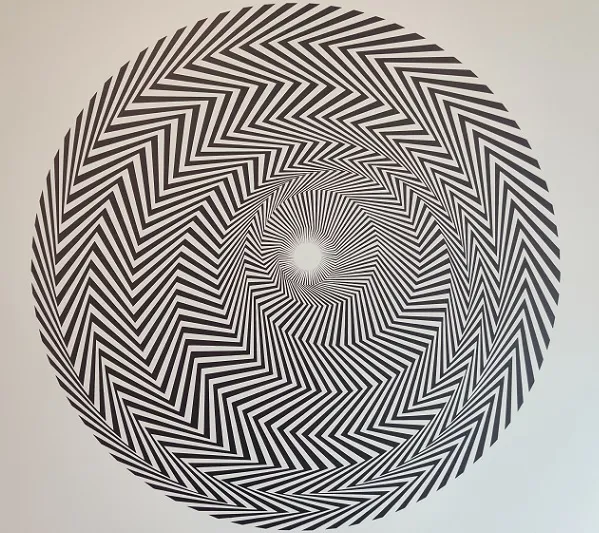
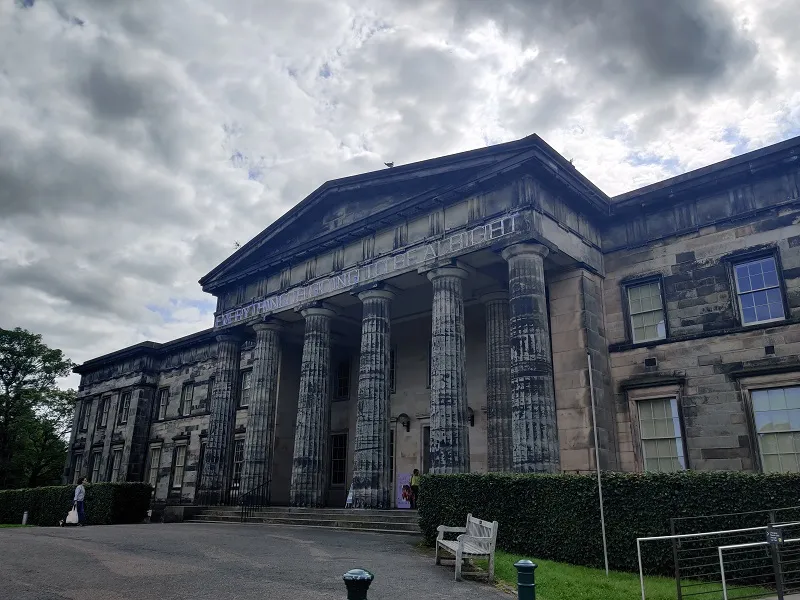

Got a creative photograph to share? Email us at [email protected]!
See also the YourStory pocketbook ‘Proverbs and Quotes for Entrepreneurs: A World of Inspiration for Startups,’ accessible as apps for Apple and Android devices.








